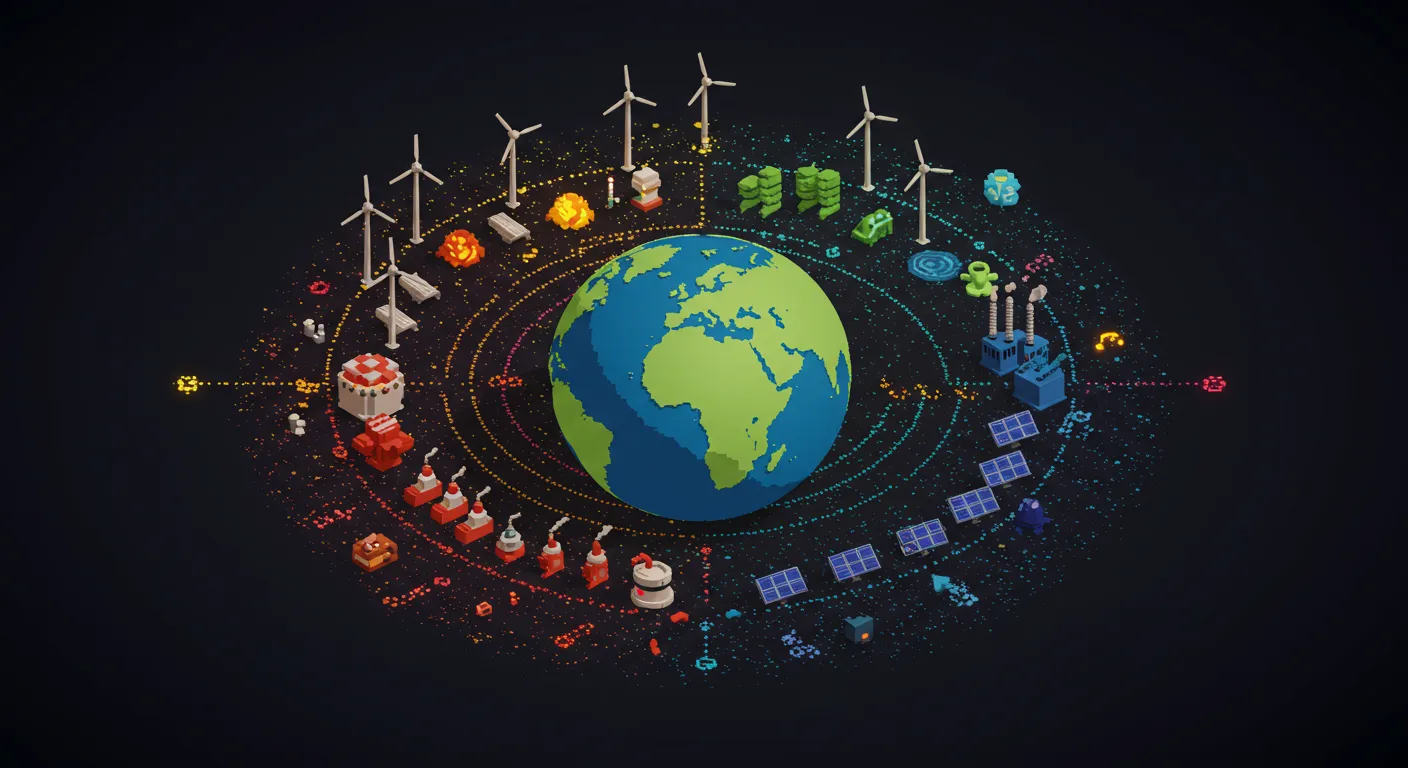The explosive growth of AI technology is casting a long shadow over our energy infrastructure, with data centers doubling their electricity consumption between 2017 and 2023. Online commentators are diving deep into the nuanced debate about AI's environmental impact, pointing out that the energy consumption isn't just about raw numbers, but about where and how that energy is generated.
The conversation reveals a complex landscape where AI's energy use isn't straightforward. While some argue that AI could potentially drive more efficient energy production, others caution about the hidden costs. The carbon intensity of data centers is particularly concerning, with many located in regions relying heavily on fossil fuels like coal, resulting in electricity generation that's 48% more carbon-intensive than the national average.
Interestingly, the debate isn't just about vilifying AI. Many tech-savvy participants recognize that the solution lies not in stopping technological progress, but in smarter energy strategies. This includes exploring renewable energy sources, improving grid infrastructure, and creating more energy-efficient computing models.
The potential scale is staggering. Some online commentators predict AI could eventually consume up to 20% of global energy production, drawing parallels to how the human brain uses 20% of the body's energy. However, there's cautious optimism that technological innovations could mitigate these concerns.
Ultimately, the conversation points to a critical need for transparency. Big Tech's reluctance to share detailed energy consumption data makes comprehensive assessment challenging, leaving policymakers and researchers struggling to understand and plan for AI's growing energy footprint.


